Hieu Thao Farm (Ba Hang Doi town, Lac Thuy district) is designed to ensure coolness, cleanliness, enough light and space for animals to move around.
From technique to habit
Livestock farming accounts for a significant proportion in the agricultural economic structure of Hoa Binh. The province currently has about 120,000 livestock households, of which 86,000 households - equivalent to more than 70% have met the criteria for hygienic barns according to regulations. This is not only a technical accumulation, but also the result of many years of propaganda and support for improving livestock infrastructure from commune to household level. Notably, 100% of large-scale livestock farms have built waste and wastewater treatment facilities in a circular, closed direction. Among individual households, more than 20% have proactively invested in biogas systems - a solution to help treat waste on-site, while providing clean fuel for household activities. In addition, the province currently has 28 centralized slaughterhouses and 22 slaughterhouses certified for meeting veterinary hygiene and food safety conditions. Encouraging the conversion from small-scale slaughter to a centralized model both ensures hygiene and helps to better control waste sources released into the environment.
The figures show a welcome shift in perception: environmental criteria are no longer external requirements, but are becoming people's own choices.
"Since having a biogas tank, my family no longer has to burn firewood, and the barn yard is less dirty. After finishing it, I saw the benefits not only for the environment but also for the health of the people in the house," said Mr. Vu Quang Thuy, a livestock farmer in Thinh Minh commune, Hoa Binh city.
The rapid increase in the rate of households with biogas tanks in the past two years is a positive sign. According to Mr. Hoang Van Son, Head of the Provincial Department of Animal Husbandry and Veterinary Medicine, when people see the practical benefits of waste treatment, they will take the initiative to do it without much effort. From technique to habit, that is the biggest step in the journey to preserve a sustainable rural environment.
Although this change is not yet widespread, it is gradually forming a new way of life - where raising livestock is not only about making products, but also about being responsible for the surrounding living environment.
When keeping the environment is a living choice
Of the 129 communes of Hoa Binh province, by the end of 2024, 107 communes had met criterion No. 17 on environment and food safety, accounting for nearly 83%. This is one of the criteria considered difficult, requiring technical infrastructure, production behavior and community awareness.
These changes are remarkable, because those numbers show a great effort in improving living conditions in rural areas. However, if we analyze each specific content, we can see that the level of standard achievement is still uneven. For example, the rate of livestock households with biogas tanks in the whole province is currently over 20%. This level is higher than the average of many mountainous provinces, but it means that about 80% of small-scale livestock households still do not have access to on-site waste treatment technology. At the grassroots level, 100% of large-scale livestock facilities have built waste treatment facilities. This is a positive signal, but only accounts for a small part of the total number of households, mainly concentrated in the districts of Luong Son, Yen Thuy, and Cao Phong. Expanding this model to small-scale households - which make up the majority - is still a gap that needs to be filled...
According to comrade Hoang Van Son, Head of the provincial Department of Animal Husbandry and Veterinary Medicine, the biggest change is not how many biogas tanks are built, but "how many people voluntarily change to clean and sustainable livestock farming methods". He emphasized: "If we consider the environment as a criterion to achieve, the change will only be to a certain extent. But if we consider it a choice of life, it will be maintained for a long time".
In the countryside that is gradually changing, the environment is no longer the sole concern of the agricultural and environmental sectors. It is the concern of each household, each waste treatment method, each landfill that is collected and each new habit that is formed.
When the choice to live green is repeated long enough, by enough people, it is no longer a change but a habit. And perhaps, that habit is what will last longer than any other criteria.
Minh Vu
Source: https://baohoabinh.com.vn/12/200533/Nhung-buoc-di-xanh-o-nong-thon-Hoa-Binh.htm


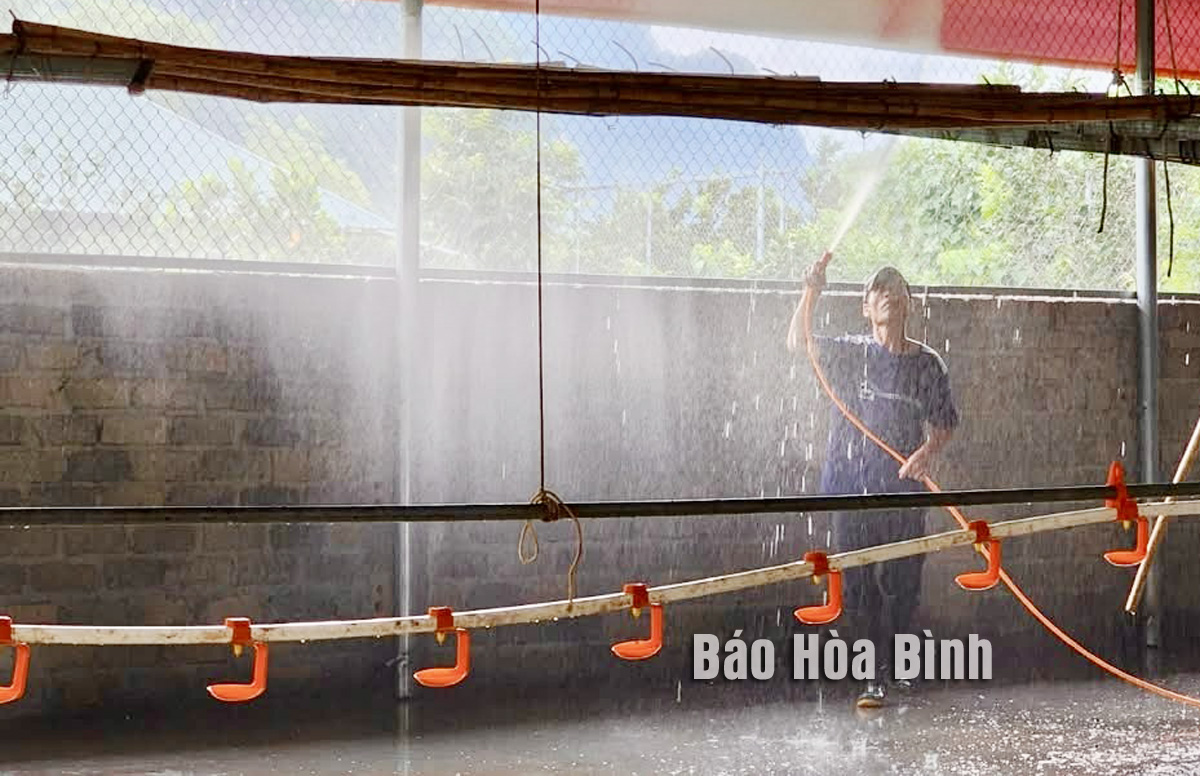
![[Photo] Special flag-raising ceremony to celebrate the 135th birthday of President Ho Chi Minh](https://vphoto.vietnam.vn/thumb/1200x675/vietnam/resource/IMAGE/2025/5/19/1c5ec80249cc4ef3a5226e366e7e58f1)

![[Photo] Party and State leaders visit President Ho Chi Minh's Mausoleum](https://vphoto.vietnam.vn/thumb/1200x675/vietnam/resource/IMAGE/2025/5/19/d7e02f242af84752902b22a7208674ac)
![[Photo] Party and State leaders attend the special art program "You are Ho Chi Minh"](https://vphoto.vietnam.vn/thumb/1200x675/vietnam/resource/IMAGE/2025/5/18/6895913f94fd4c51aa4564ab14c3f250)
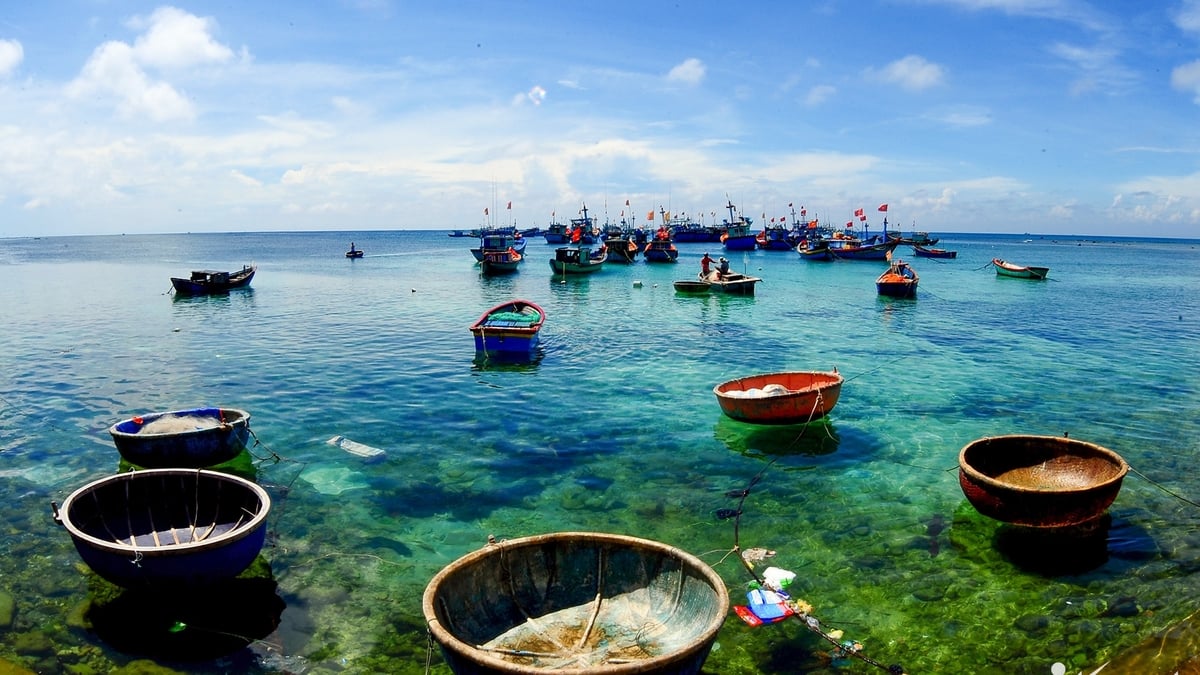
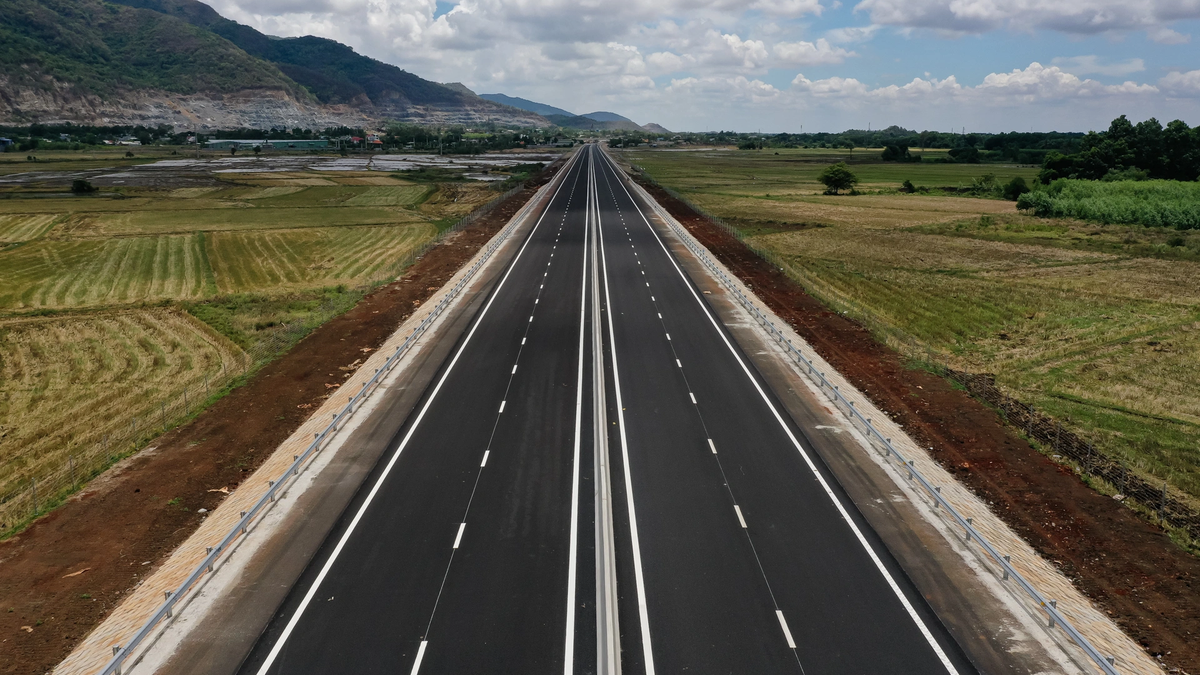
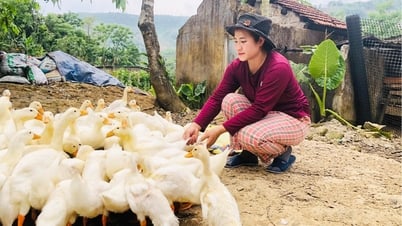

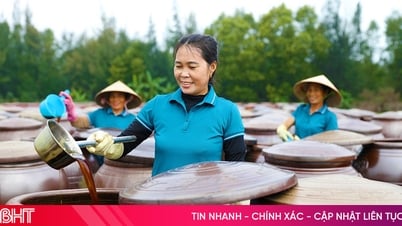

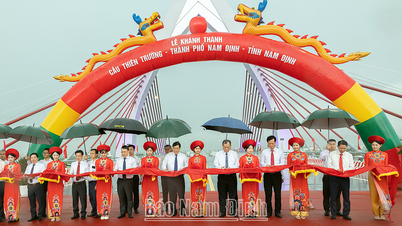



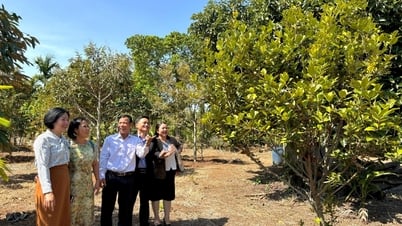

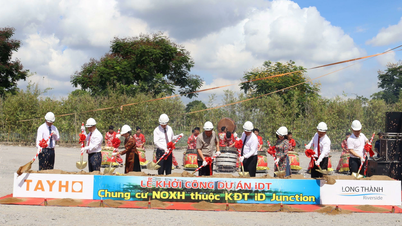






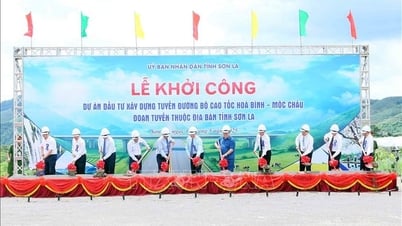
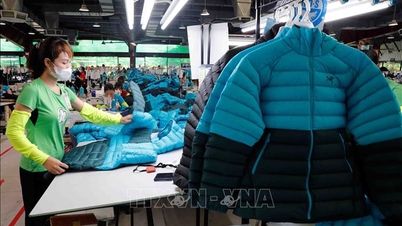
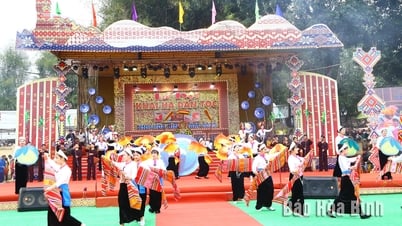

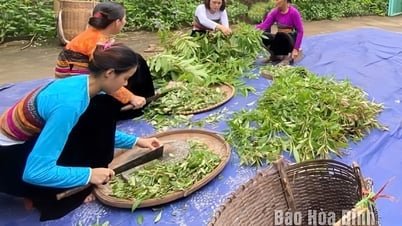




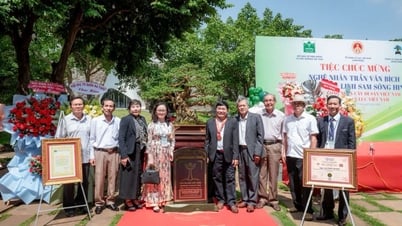












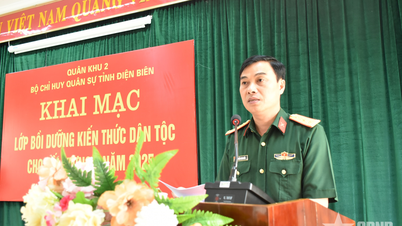






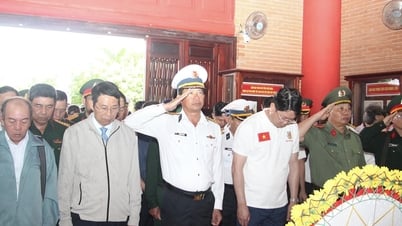



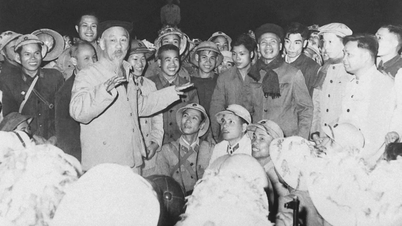
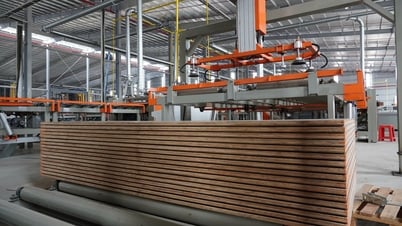








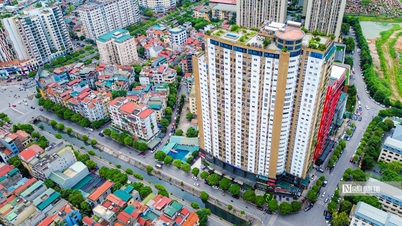


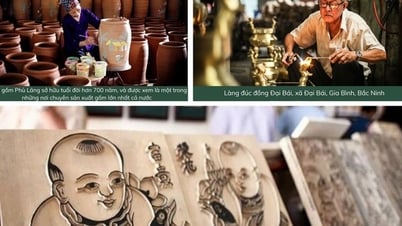



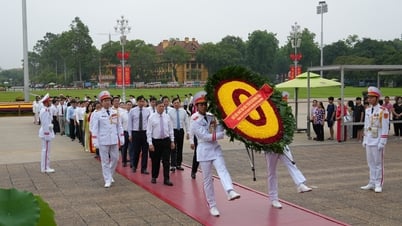

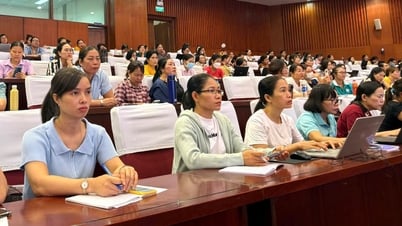

![[VIDEO] - Enhancing the value of Quang Nam OCOP products through trade connections](https://vphoto.vietnam.vn/thumb/402x226/vietnam/resource/IMAGE/2025/5/17/5be5b5fff1f14914986fad159097a677)








Comment (0)